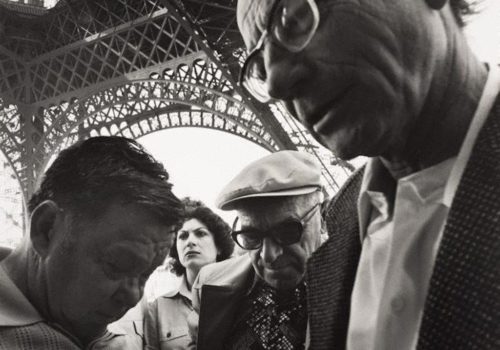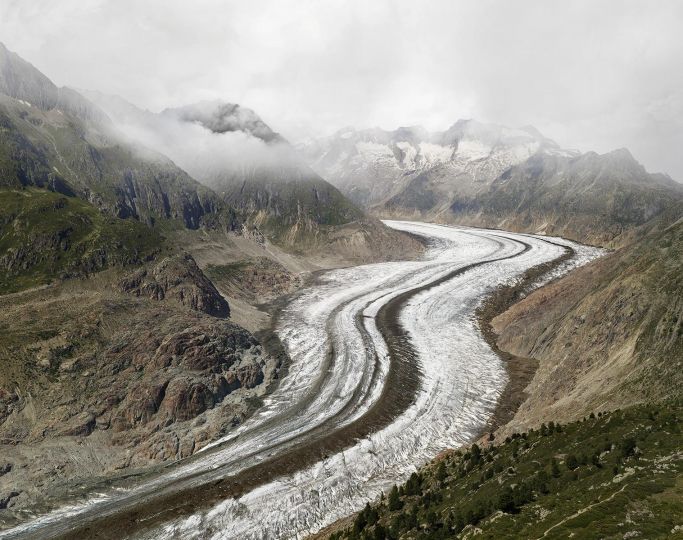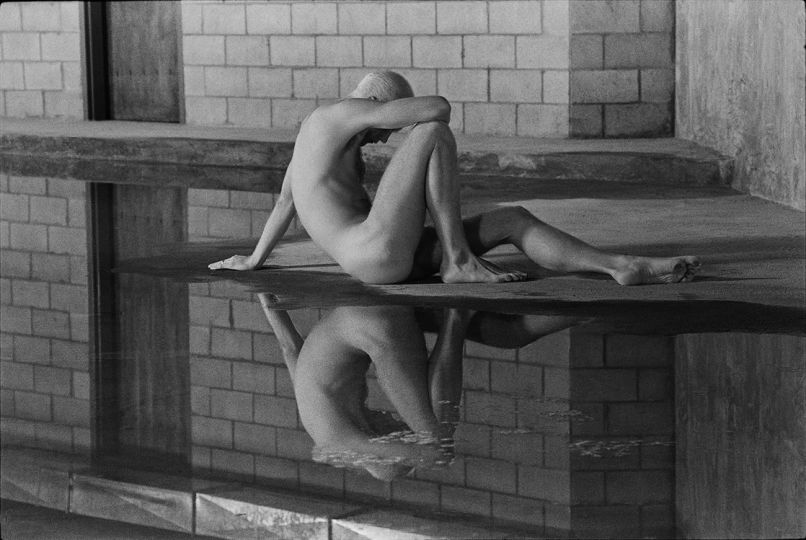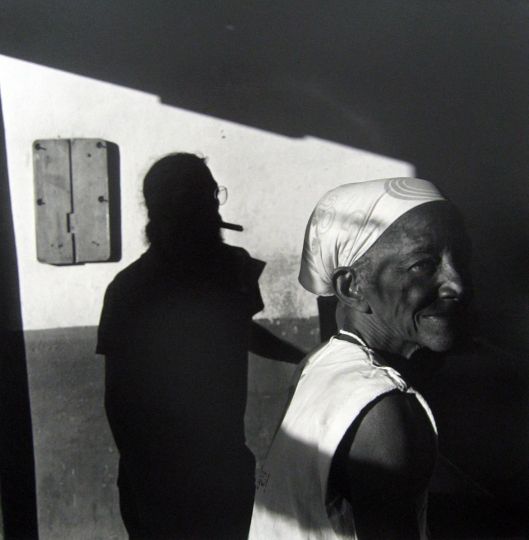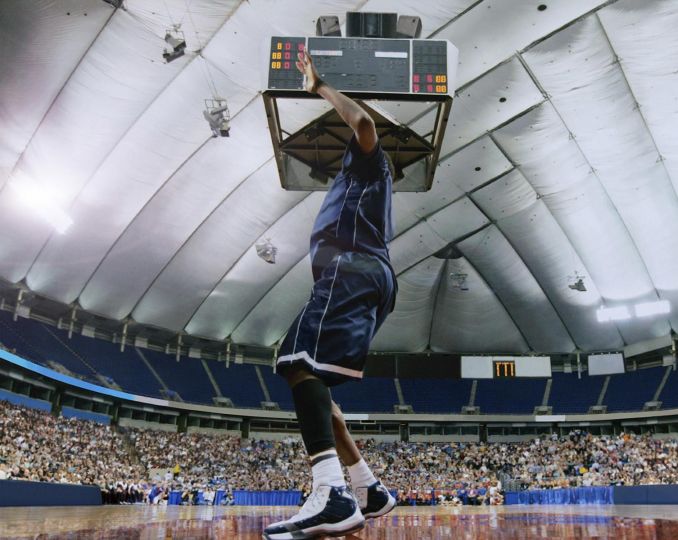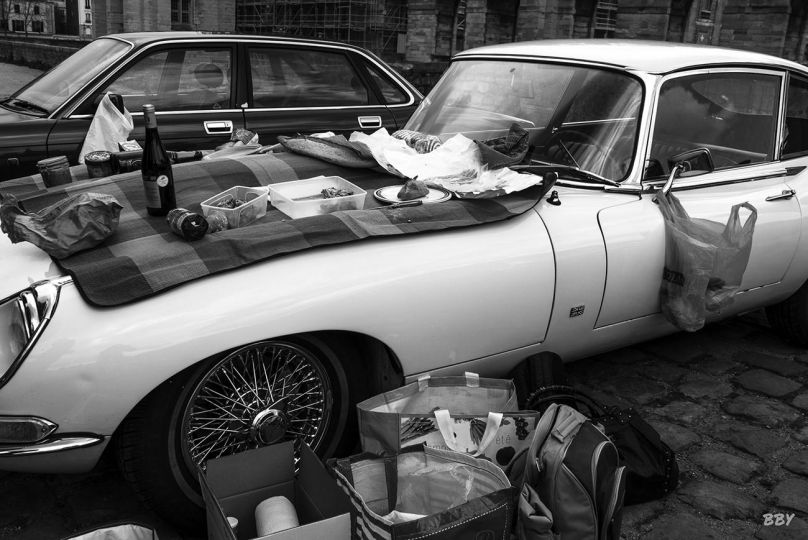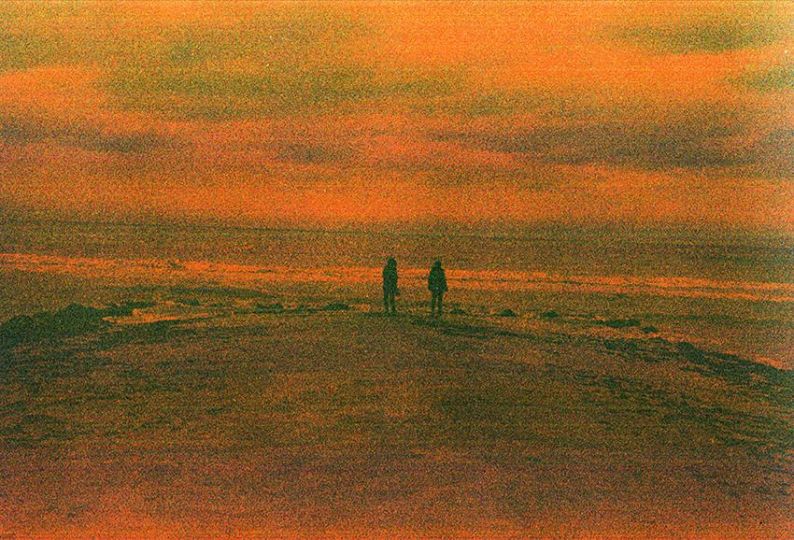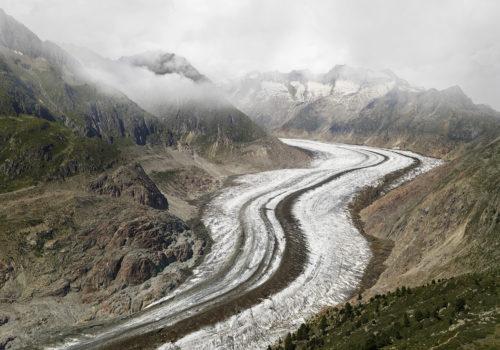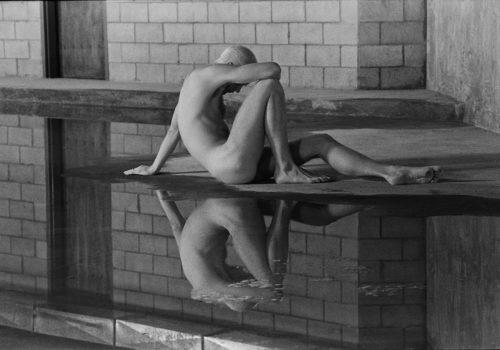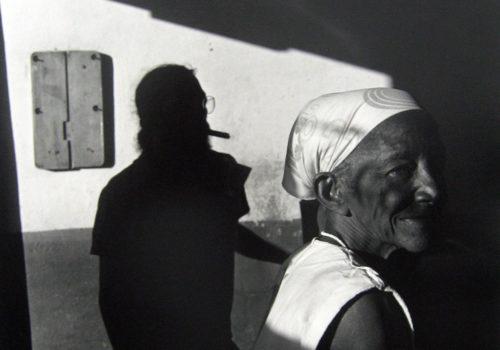In a love affair that has lasted almost two centuries, Paris has stolen the hearts of countless photographers. The City of Light is arguably the most photographed city in the world, but despite its exposure Paris provides a unique canvas that even the most seasoned photographer finds hard to ignore.
It is here in 1978 that renowned Australian photographer Max Dupain, then 67, fell under Paris’ spell, the ancient echoes of the city beckoning him to discover its secrets hidden in the labyrinthine streets and the intrinsic detail of its superlative architecture and ornate decoration.
In Paris on assignment to photograph the new Australian embassy, designed by his longtime friend and celebrated architect Harry Seidler, Dupain spent his free time wandering with camera in hand. Inspired by documentary photographers such as Brassaï, Eugene Atgat and Henri Cartier-Bresson, he captured everyday moments, as well as the architectural majesty of the city, engaging with life on the streets with an obvious joie de vivre.
This was the first time Dupain had ventured so far afield. He was not a world traveller and before this three-week trip to Paris his only excursions outside of Australia had been with the RAAF service in World War II when he visited New Guinea and Admiralty Island. Dupain was one of those rare creative spirits who found endless inspiration in his own backyard; Sydney and its surrounds provided ample subject matter for Dupain who continued to take photographs until his death in 1992 at the age of 81.
Dupain’s photographs from his Paris sojourn, for it felt more a holiday than work, show an almost ingenuous curiosity, carrying within them a lightness of step and the joy of discovery. There is a sense that in Paris Dupain photographed with renewed vigour as streams of light and swathes of shadow played with the city, painting its historical archways, sweeping stairways, gilded sculptures, and soaring columns in alluring hues. Such contrasts were irresistible for Dupain whose commitment to black and white photography was resolute as was his skill in using natural light to dramatic effect. It is no wonder the City of Light spoke to Dupain’s heart; he had been captivated by light since he’d first picked up a camera at the age of 13.
Random people also feature in these photographs educing an aesthetic that points to the joy found in an everyday moment – the photograph of the woman with the pram in Jardin des Tuilleries sitting on the bench reading; the solitary man walking down the long portico and; the couple entering Les Invalides under the gaze of the oversized statue of Napoleon. In the photograph of the tourists near the Eifel Tower Dupain has stepped into the scene almost as a participant rather than observer. In this photograph and others including that of the crowd moving through the hallway in the Louvre, there is a sense that Dupain is flirting with being a tourist and enjoying the experience.
Throughout his lauded career Dupain experimented with various genres – portraiture, still life, nudes, landscapes, and architectural photography, the latter his focus for much of his commercial career. David Moore, another luminary of Australian photography who worked with Dupain, said despite the difficulty of trying to slot his friend into a particular genre, one could tell a Dupain image because of its strong visual signature – tight frames, clear lines and dramatic contrasts of light that create a minimalist aesthetic where nothing in the image is redundant. These Paris photographs undoubtedly carry that visual stamp, yet many also suggest poignancy within the austerity of the composition harking back to Dupain’s edict that photography was about “distilling visual and emotional experiences”.
“A photograph needs to mean something,” he commented in 1978. “Sensitivity, piercing awareness, emotional and intellectual involvement, self-discipline, are some of the elements which create that rapport with the subject be it a rock, or a woman, or a woman on a rock.”
Moore said that Dupain’s maturity as a photographer had “permitted him to photograph with more of the child’s joy of vision”. In this collection of 21 prints, which were given to Seidler as a personal gift, are the indelible markings that made Dupain one of Australia’s most intuitive photographers whose work remains pertinent even in today’s image-saturated world.
This is the first time these images have been on public display and now form part of the permanent collection of the Art Gallery of NSW.
EXHIBITION
Max Dupain
Paris ‘private’ series and other pictures
24 May – 14 September
Art Gallery of NSW
Art Gallery Road
Sydney
http://www.artgallery.nsw.gov.au
www.photojournalismnow.blogspot.com

